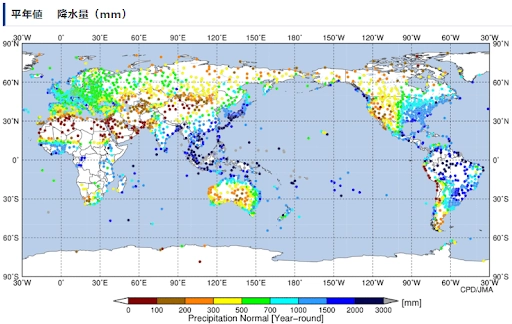
First, we focused on Southeast Asia, which has an image of high precipitation, and I want to focus on Malaysia, which had exceptionally high rainfall.
Data from the Japan Meteorological Agency for the past 30 years (1991-2020) shows that Malaysia receives approximately 2,800 mm of rain annually, 1.75 times the annual precipitation of Tokyo (1600 mm). People living in Malaysia will have to live with the rain.
So, what specific measures do people in Malaysia take to deal with rainfall?
According to BBC NEWS, around December 17 last year, many parts of Malaysia experienced the worst downpour in decades. As of December 20, more than 50,000 people had been evacuated, and 14 people were killed, among many others. The woman interviewed at this time said that she took only her clothes and important documents,such as her children's birth certificates.
This woman's story conveys the awareness of the need to evacuate quickly with the bare necessities in the event of a disaster. In the hardest-hit areas, residents offered their homes as shelters for those forced to evacuate, transmitted their support for rescue efforts, and appeared to be helping each other.
With the people trying to help each other overcome the disaster, how did the Malaysian government respond? The little warning was given, and the Civil Defense even came to the rescue three days after the disaster, which caused some anger from the public.
These showed that many of those living in Malaysia are aware of evacuation and that there is much mutual help among the people. However, we also found that the government's response still needs to be improved.
In Japan, we have solid countermeasures such as J-alerts and the dispatch of Self-Defense Forces, so increasing mutual help among residents is essential.




